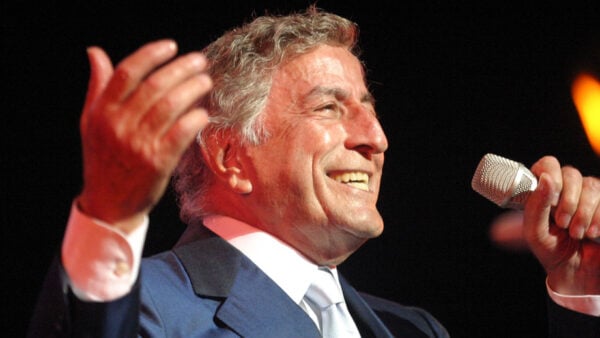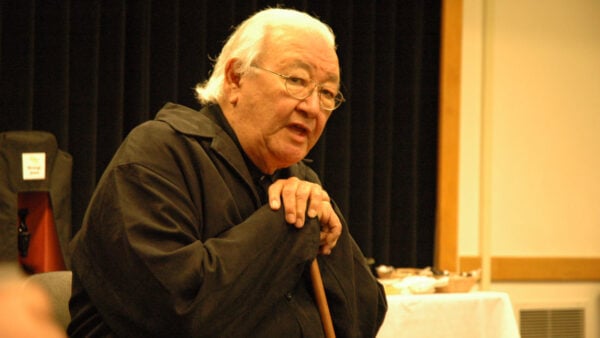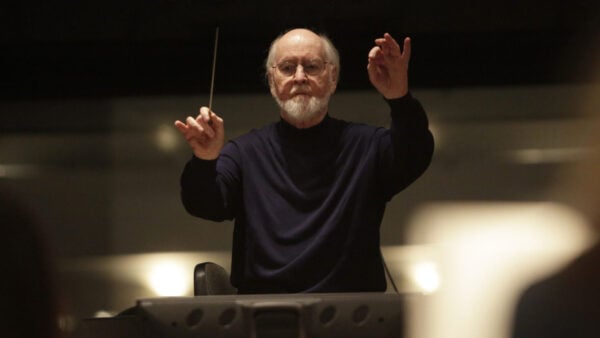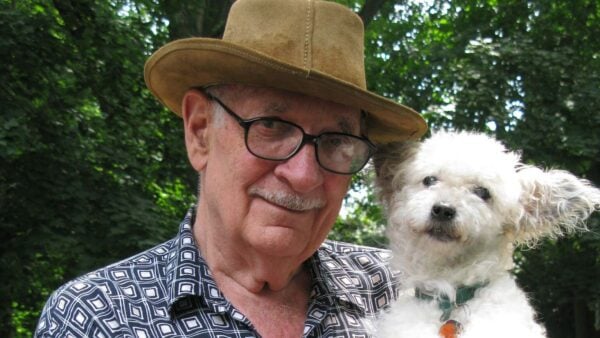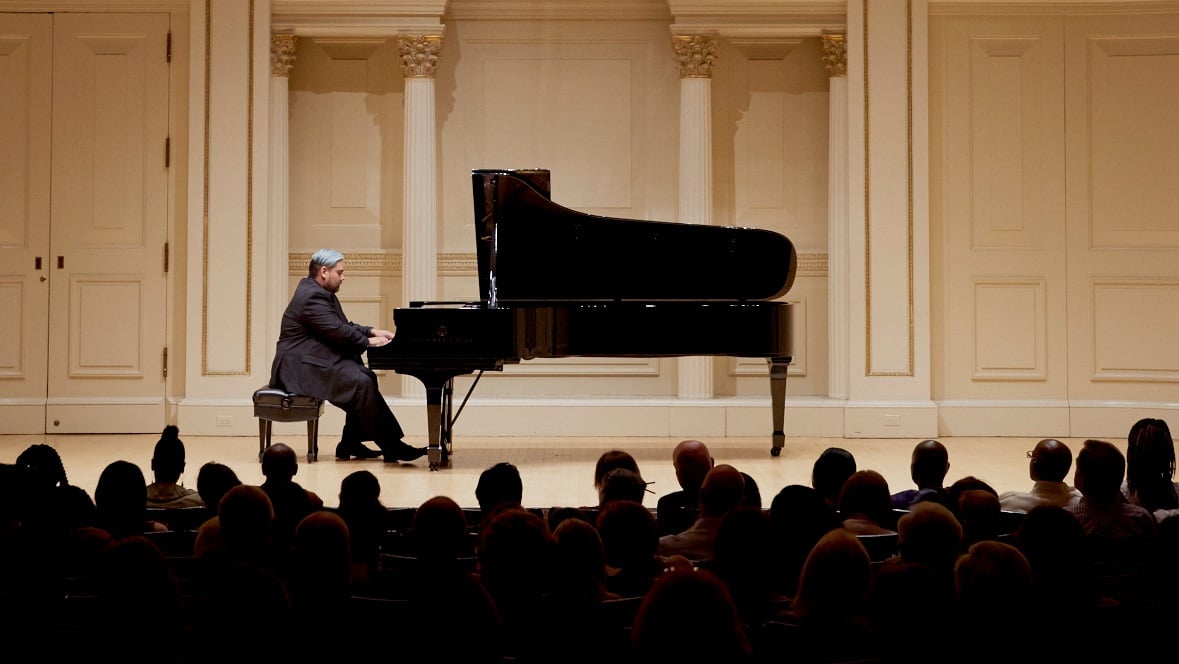
Connor Chee performing at Carnegie Hall
Navajo pianist and composer Connor Chee found classical music at a young age and quickly gained success in the field. Since winning a gold medal at the World Piano Competition, and debuting at Carnegie Hall at the age of 12, he has gone on to study at the University of Cincinnati's College-Conservatory of Music and Eastman School of Music.
Chee is also an ascendant composer. What began as a mission to preserve the music of his Navajo (or Diné) community has grown into a compositional practice, with his 2021 album The Navajo Piano (Revisited) as the most recent output.
Ahead of a performance in the Chicago area, WFMT sat down with Connor Chee to discuss his music, tradition, and more.
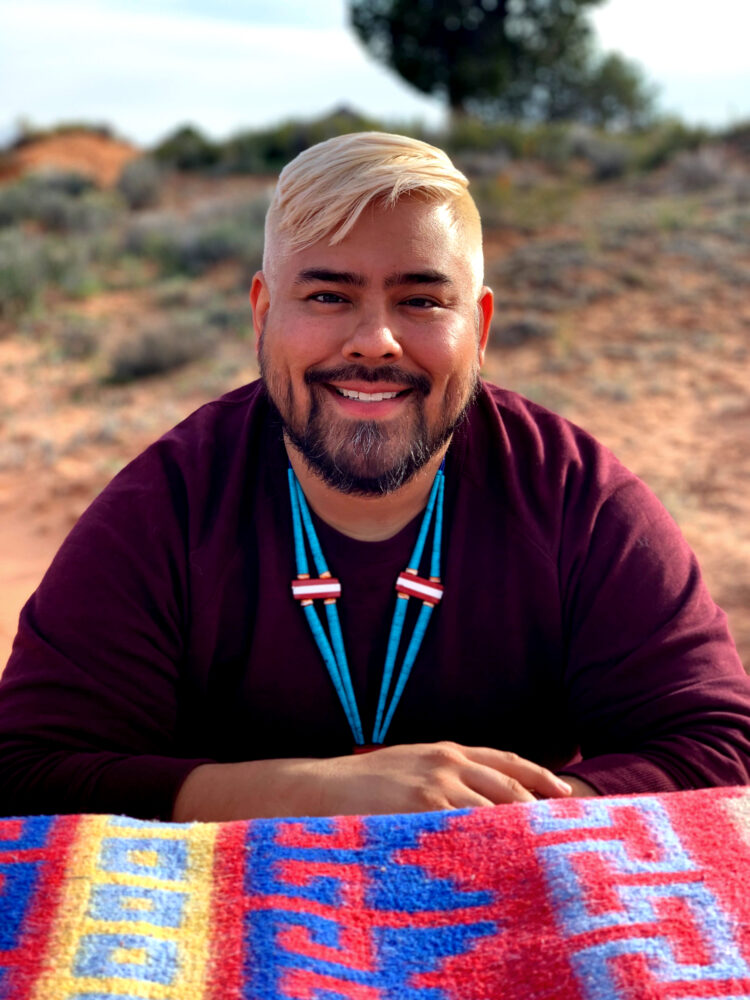
Connor Chee
WFMT: How did you get started on the path of a classical pianist?
Connor Chee: My parents aren't musical. I didn't start with piano until my dad got a little toy keyboard for Christmas. He didn't know what to do with it. But I was really fascinated and started playing it by ear. When my parents saw that I was interested, they got me piano lessons… I think I was about six years old then.
There was a company in Cedar City, Utah, that every so often drove a big truck of pianos down. I lived kind of in the middle of nowhere Arizona, and they would come through town to see if anybody wanted a piano. So after I'd been taking lessons for a while, my parents purchased the piano for me to be able to continue lessons and take things more seriously. I still have it today.
WFMT: Is there a specific moment in time that made you realize you wanted to become a professional musician?
Chee: I made the decision to try and pursue a career in music pretty young. I want to say it was when I was 10. Because that's when my family basically uprooted and moved to Cincinnati so I could study music. It was a huge move.
Being where I was in Arizona… at the time, it was impossible to further my music education. My mom was originally from Cincinnati; they knew there was a school for creative performing arts out there. I auditioned when I was 10 and they accepted me. There was a big culture shock because I was moving from a small town to this big city and a big school that had everybody from fourth grade all the way up to seniors. That was the moment when it kind of hit me, that I was really taking this big step and a lifelong commitment.
That was a big sacrifice my parents made. I knew that and so I was thankful for it, and I'm still thankful for it, because the opportunity has really changed my life.
WFMT: How would you describe your compositional voice?
Chee: It's a bit hard for me to describe my compositional voice because I originally didn't think of myself as a composer. All of my studies were in piano performance, even my Master's Degree. When I graduated and came back home, I wanted to work to preserve some of the traditional music that is getting lost because the language is getting lost. It turned from this preservation project into me composing my original pieces inspired by elements of traditional Navajo music and culture. I stepped away from the world of classical music. I was writing this music for myself to record and share it with people.
Eventually, people started getting interested in my music and wanted to play it themselves. At that point, I hadn't written any of my music down, kind of keeping with that oral tradition where it's not written: I had it all in my head. So as people were requesting pieces, I would write them down here and there. Eventually, I began writing everything down that I'd recorded and started getting commissions for other works.
WFMT: In 2020, you released a series of music videos titled Scenes from Dinétah. One that stood out to me, in particular, was the music video for Weaving. What similarity is there between the arts of composition and weaving?
Chee: I wanted to have a visual element from the get-go. That was something I had in my mind when I was writing the music, even if I didn't know exactly what it was going to translate to. And specifically for weaving as well.
My grandmother would weave all the time when I was a kid, and I was fascinated by it. The more I studied music, the more I saw the similarities between weaving and what I do. Watching her hands and how quickly she could weave, the dexterity of her fingers. Also the artistic part of it. She had this whole vision of the rug in her mind, and yet she's weaving every single little thread one by one. It's so similar to how we compose music: we have a vision of what we want, but we have to sit down and go note by note, and put them together to create something that is bigger. I was always inspired by that. Also, when I was a kid looking at the loom that she was weaving on, I thought it looked like an instrument that you could play, like a harp. So that is where I started when I was composing this piece. I wanted to have those elements but also something harp-like on the piano to represent the physicality of the loom.
WFMT: The name of your most recent release is Navajo Piano (Revisited): why did you want to revisit this album? In what ways does this album reference your Navajo heritage?
Chee: The Navajo Piano (Revisited) is a re-recording of the first pieces I wrote back in 2014. I wanted to re-record because the first album I did was just so basic: in my bedroom with a really terrible digital keyboard. I also wanted to include some of the chants these pieces were inspired by, because they’re something that people have asked me for a lot, but some recordings of aren’t publicly available. So the album is a mixture of re-recording music at a later point in my life, as a better musician, and also giving an inside look as to where it started.
This album references my Navajo heritage in several different ways. On the surface level, I’ve taken some melodies and made arrangements for piano.
But there's elements of the culture that you might not notice upon first listen.
In Diné culture, the number four is very sacred: we have four sacred mountains, we have four sacred stones, because of the four directions. And so I include 4 in my music in many different ways. Traditionally, we don't have harmony in Diné music. So when I was adding harmony on the piano, something I wanted to include is the use of fourths in the harmonies - quartal and quintal harmonies, the inversion of the fourth.
There are also repetitions of the themes and the way that things are divided into sets of four. That's something that I really work to do: create music that incorporates not just the music, but culture and beliefs at every level of composition.
WFMT: Why is it important for you to reference your heritage and culture in the music you make?
Chee: I think that music is a great way to share culture and share understanding. People often fear what they don't understand, and music’s a great way to create that initial contact where people can start learning different things. In the past, for example, during the Indianist movement, you had composers with this extractive model where they would just put melodies from different tribes into their music. But that's not what I do. The Indian movement, in my opinion, was not successful at what they were doing. It was just an outsider's view, and an outsider's understanding: all the subtleties and the cultural references and the beliefs were not there.
It's important that this music is coming from the community; it's not being taken from outside. I'm taking stuff that is sacred, and putting it in another format. There is music that we don't share outside of ceremonies, there are things that I don't put in my music, because it's not appropriate. I think very deeply, and I consult with my grandfather and the elders about what's appropriate to share in my music, and the ways in which it's shared. But ultimately, it is about bridging these gaps. That's what I want to do with my music: share some educational parts, so that the world can understand us better.
The first time I really had the idea of tying my culture into my compositions actually came earlier on when I was studying at Eastman with Rebecca Pennyes. She always asked her students to try to learn a composition from their cultural background… but it was very difficult for me to find anything by Native American composers. That was sort of when the wheels started turning.
I went back home to try to find a way to preserve some of this music. My grandfather had so much knowledge just in his head, so many songs... That's when I started creating my own compositions, trying to find a way that I could make it accessible to a new audience: fusing everything that I'd learned in my piano performance and music studies with my background and the music that my grandfather would sing, the culture that was taught to me from my family.
WFMT: Now that you’ve been traveling around the country and meeting different audiences, what is something about your tribe (or native folks in general) that you think gets overlooked too often ?
Chee: I think something that gets overlooked with indigenous peoples is how diverse we are. The fact that there are 574 federally recognized tribes… people don't always think about that. Because there have been so many Native American stereotypes for so long, we have a lot of things that we have to undo.They think “Native American,” and in their mind, it's this pan-identity. There's certainly a shared culture between all of us. But there are also many things that are different: different languages, customs, and cultures.
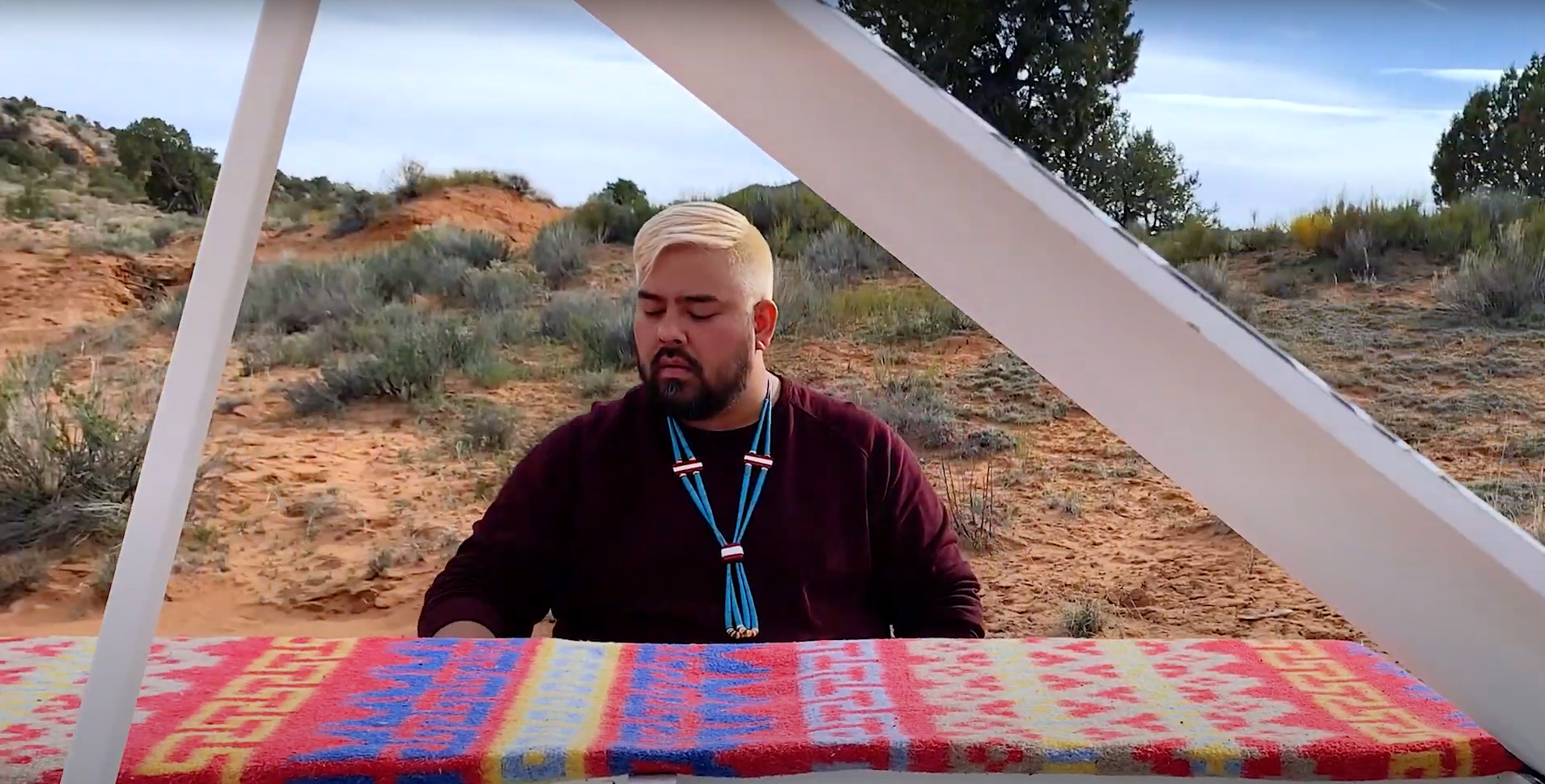 Very often people have this conception of what it should be when I'm presenting my music. When they hear it for the first time, they think to themselves, “That doesn't sound indigenous.” Because when they think of indigenous music, many people think of a powwow drum or Native American flutes.
Very often people have this conception of what it should be when I'm presenting my music. When they hear it for the first time, they think to themselves, “That doesn't sound indigenous.” Because when they think of indigenous music, many people think of a powwow drum or Native American flutes.
WFMT: What do you hope people take away from your music?
Chee: The thing that I hope people take away from my music is communication, understanding, and spirituality.
Spirituality is a big part of when I'm composing because I don't know how to just flip the switch and start writing music. Sometimes it's a real struggle to get into that headspace and I go back to listening to some of my traditional music, burning some cedar or sage, or something to really get myself clear-minded and ready to do something spiritual.
The wonderful thing about music is that, if we’re receptive to it, we can take off our masks, and just be moved by it. I hope that my music leaves an impression on the listener. I hope that it encourages them to learn more.
In my album Emergence, I didn't put any liner notes. I didn't put anything describing what the pieces are about on purpose, because one of the things I love about the traditional way of sharing knowledge is looking for it: going to elders, asking them and listening to them. I hope that when people hear a piece, that they might be like, “Oh, what is Spider Woman? What is that about?” And do their own research. There are elders online now with social media sharing these stories. That's such a different way of learning: being told something versus asking something. I hope that my music fulfills people spiritually, but also leaves them with some questions that they want to ask and some information that they want to seek out on their own.
For more information about Connor Chee, visit connorchee.com. Chee performs at Northern Illinois University on November 9, 2022 at 5:00 pm CT. This interview has been lightly edited for length and clarity.


